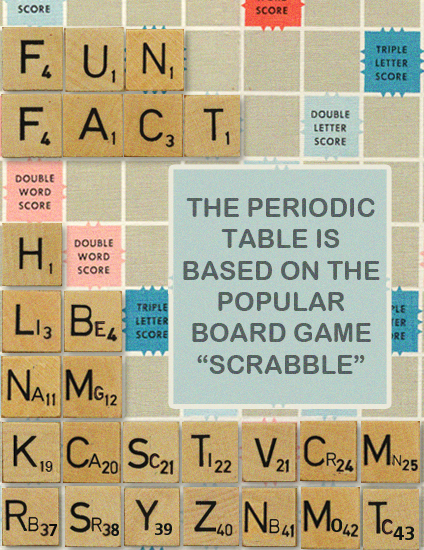

If their flask is within the group of elements shown on the next element group card along, the microscope moves to that card. Players must also try to move their microscope along a track of eight element group cards. Goal cards come in four colours, forming four separate stacks, and act as one of the game-end triggers Once a stack of one colour is depleted, the game will end at the completion of that round. Any other players who have also researched Elements on the claimed card, will receive lab tokens (points) for their efforts, and a new card is then revealed. Once one player has researched all Elements on a goal card, the card is claimed, along with an award token, if available. However, when activating a single trend on a turn, a player will collect all energy tokens from the trend instead.įlasks that end their movement on an Element listed on a Goal card, enables the player to research that Element. When activating multiple trends on a turn, a player will place one energy token onto the first trend used, and two energy tokens on all trends activated thereafter. There are five trends available and each allows the flask to move 1–5 spots in a certain direction. Activating periodic trends is how a player’s flask travels around the Periodic Table.

They either spend energy to activate multiple periodic trends, or gain energy to activate a single trend. On their turn a player can do one of two things. Alongside the race to achieve goal cards, players progress along an academic track to gain points, for end game scoring. This provides a benefit later in the game.

Researching a certain combination of elements quicker than the other players will award a player with a goal card and an award token. Players travel around the Periodic Table in order to research elements. The game accommodates 2–5 players and plays within an hour. Much like their previous games, such as Subatomic and Covalence, Periodic is based on a scientific theme. Periodic: A Game of The Elements is designed by John J.


 0 kommentar(er)
0 kommentar(er)
